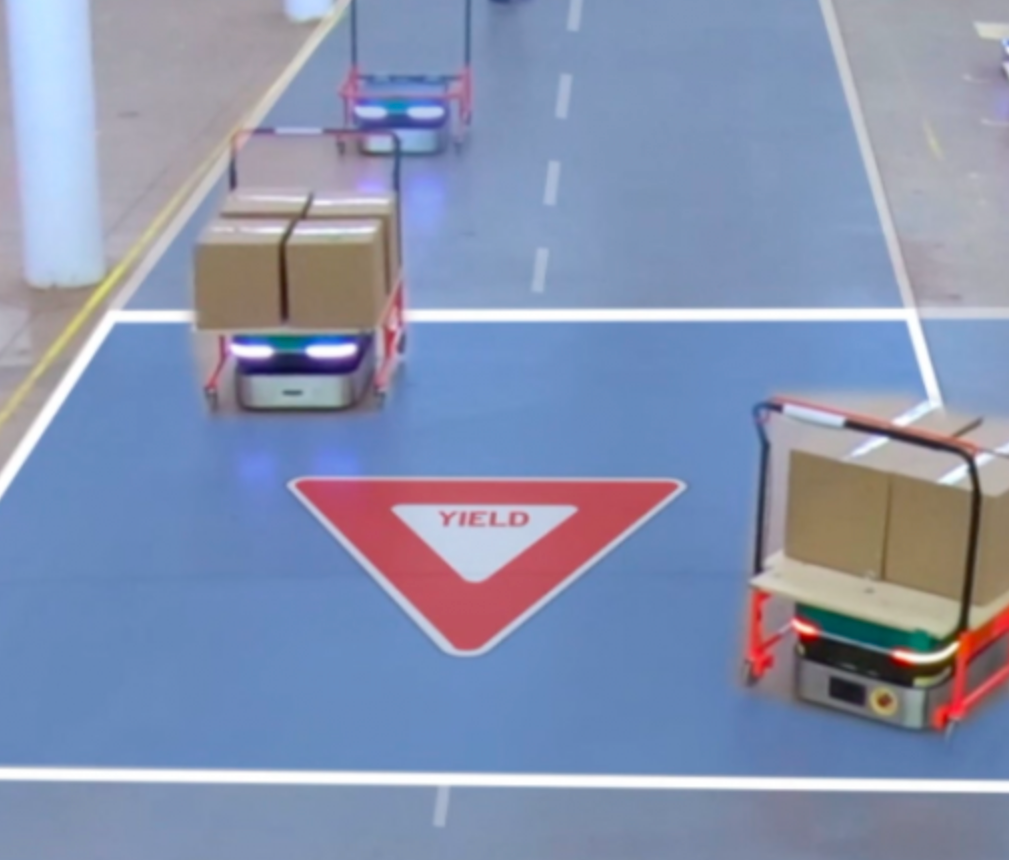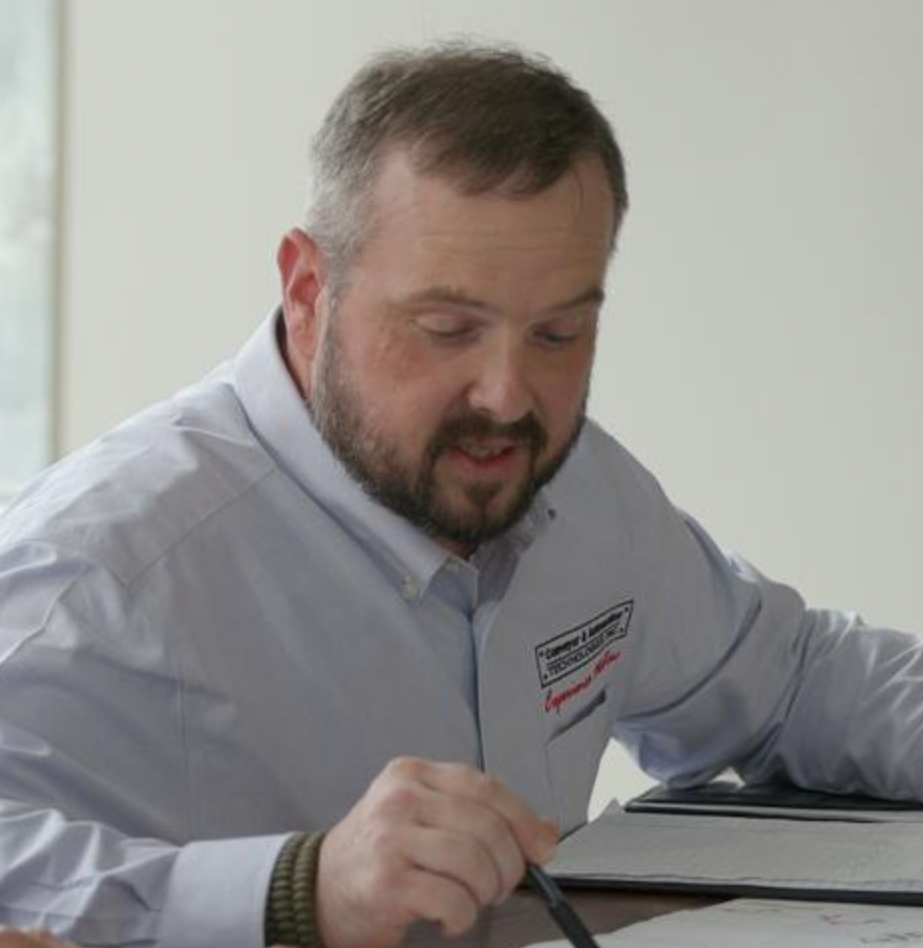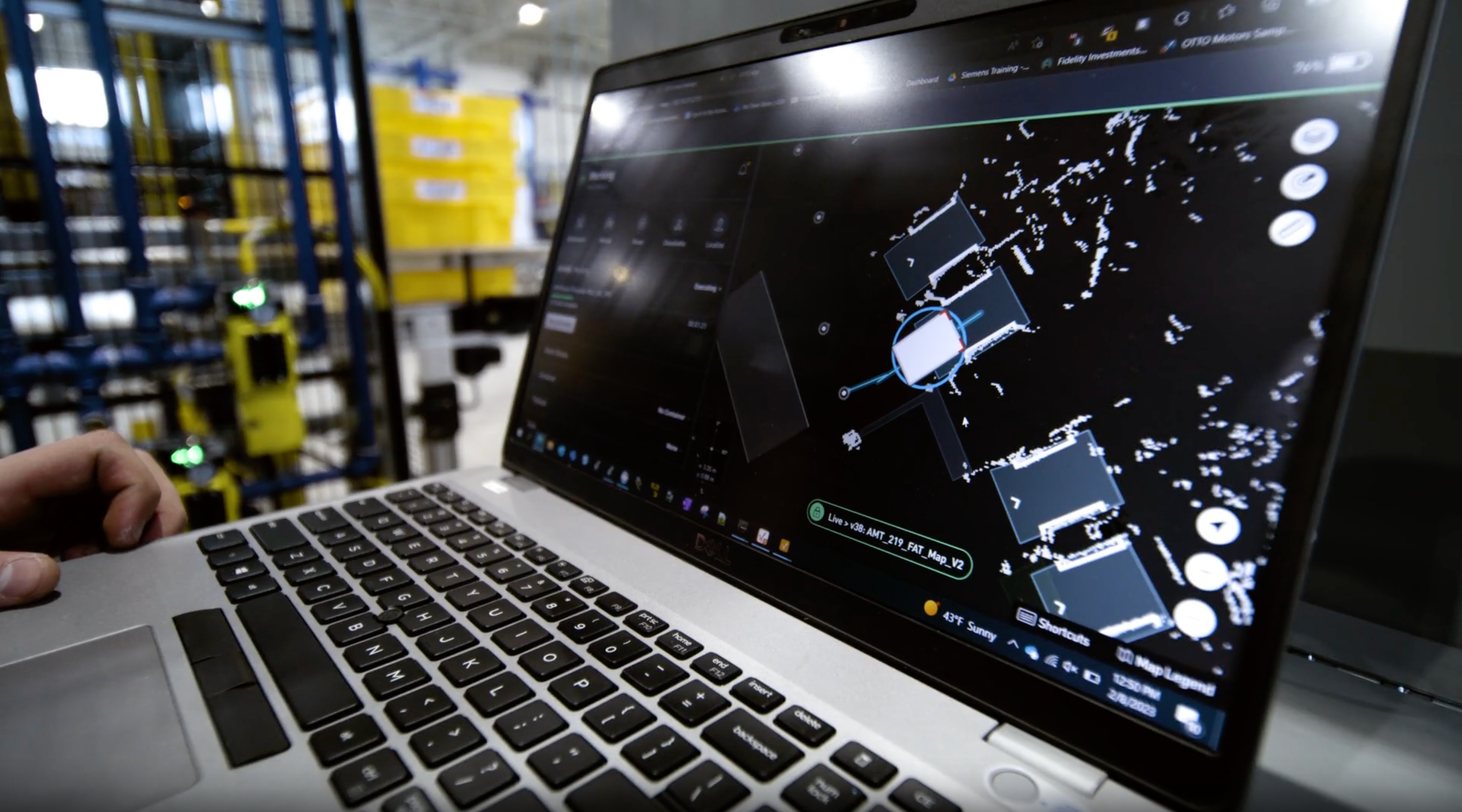Blog
Building a scalable AMR solution: How OTTO scales
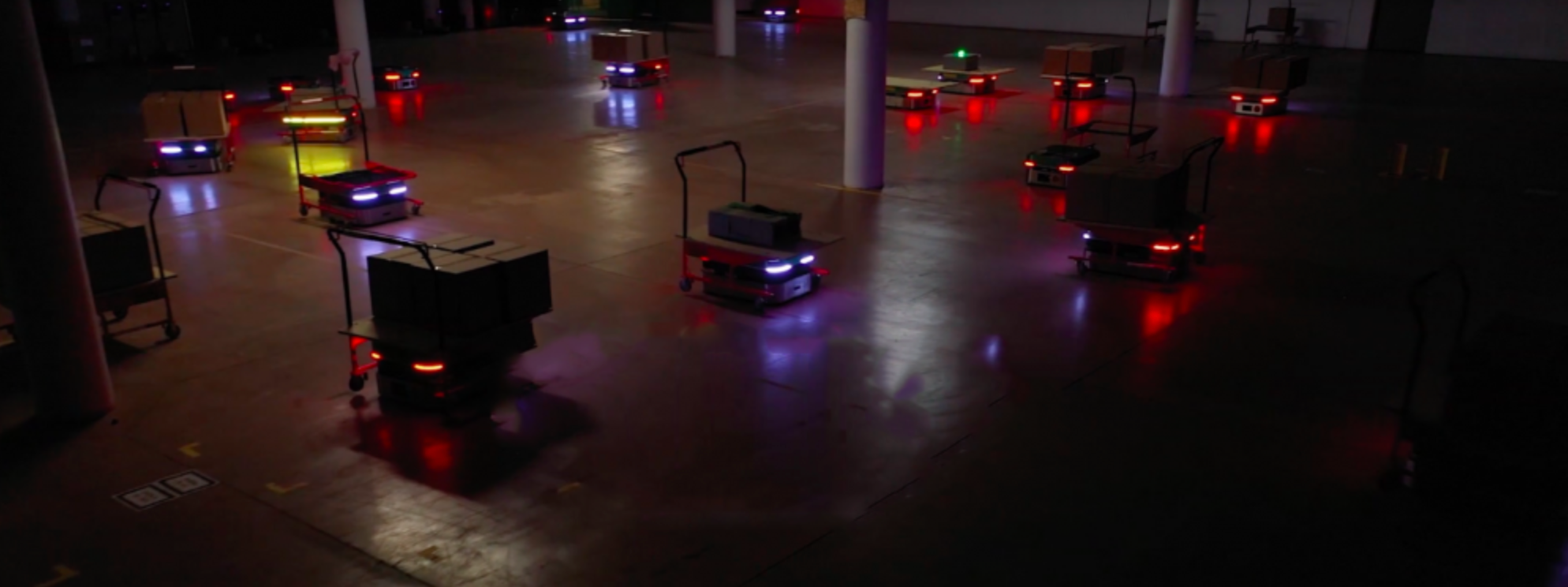
This three-part blog series will focus on AMR scalability. Authored by our VP Product, Jay Judkowitz, the series will delve into how scale is achieved at OTTO Motors and the questions you should consider as you embark on a scaled AMR deployment.
Despite what the websites and datasheets say, Autonomous Mobile Robot (AMR) solutions are not created equal. Each AMR solution has its own strengths and weaknesses. At OTTO, we have chosen to focus on delivering an enterprise experience with unparalleled safety and scale. Multiple AMR providers claim to scale to 100 vehicles, but with our two latest software releases - 2.16 (December 2019) and 2.18 (June 2020), OTTO delivers on this promise.
Here are three important factors that enable OTTO to scale:
1. Scale all elements of the solution
The first step to scaling is to make sure that all elements of the solution scale independently. It’s not sufficient to register 100 vehicles into a fleet manager or be able to view the location of 100 vehicles at the same time. Additional elements you need to consider are:
- Endpoints in the Facility
- API Scale
- Map Size
- Log Storage
- Network Utilization
- Usability of the UI
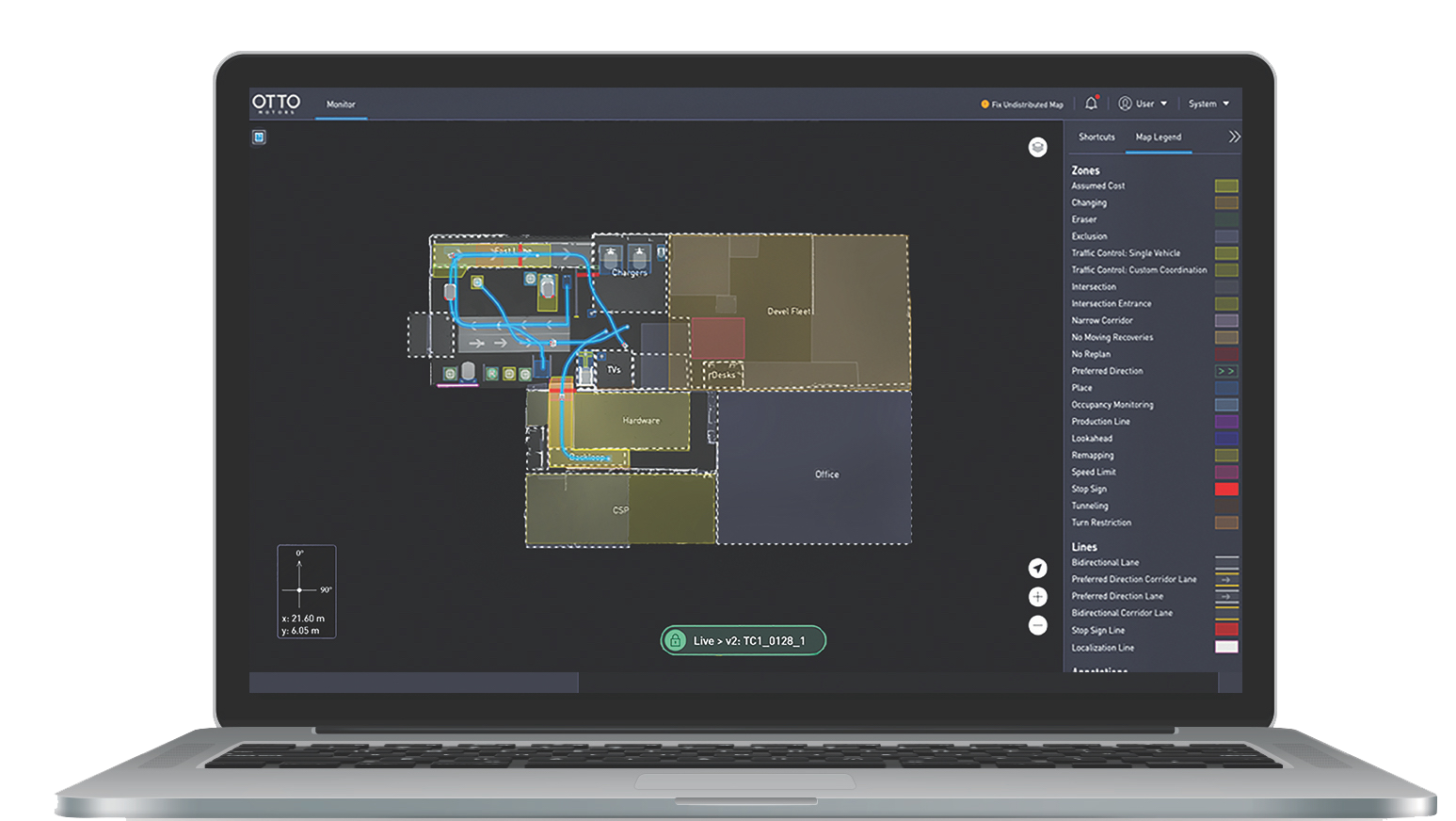
Image 1: Automatic traffic enforcement and intelligent job scheduling optimize facility safety and throughput.
2. Uptime at scale
High reliability is harder to achieve at high scale than at low scale. With 100 vehicles, infrequent events happen regularly, and the impact of each event on traffic is more severe. To ensure that reliability does not become a hindrance to scale, OTTO provides:
Hardware Uptime
Our latest hardware has over a 5000 hour mean time between failure (MTBF).
Software Uptime
With 100 vehicles, OTTO Fleet Manager is tested over a quarter million missions between failure, and tolerant of mission rates of 1 mission/second for several hours.
Ease of Repair
Our latest hardware is modular with multiple access panels to make replacing parts quick and easy.
Localization
In recent versions of the vehicle OS software, localization has become 400% more robust in only two years.
Support Partners
OTTO provides world-class enterprise support, augmented by an extensive partner network. So there is always someone near you who can quickly and expertly fix problems.
3. Design For scale
Designing a scalable solution is not just a matter of theoretically looking at the driving distances, time to engage with equipment, and coming up with a fleet count. Designing a scalable solution is about partnering with you closely to help you design the most reliable, productive, and cost-effective solution possible.
When partnering with you to design your deployment, OTTO runs sophisticated simulations of your environment with dozens of scenarios–not just for normal operations, but also for exception cases. Simulations help accurately determine ideal fleet count, while also identifying bottlenecks and possible chokepoints based on the complex interactions of all the vehicles doing their various jobs. This gives you the chance to optimize the facility to be more AMR friendly and to provide you with the lowest possible fleet count and the best possible return on your investment.
Next week, in Part 2 of the series, I will delve into the best practices to keep AMR traffic flowing on your facility floor. Stay tuned!
Learn more about how to manage your entire fleet with OTTO Fleet Manager.





